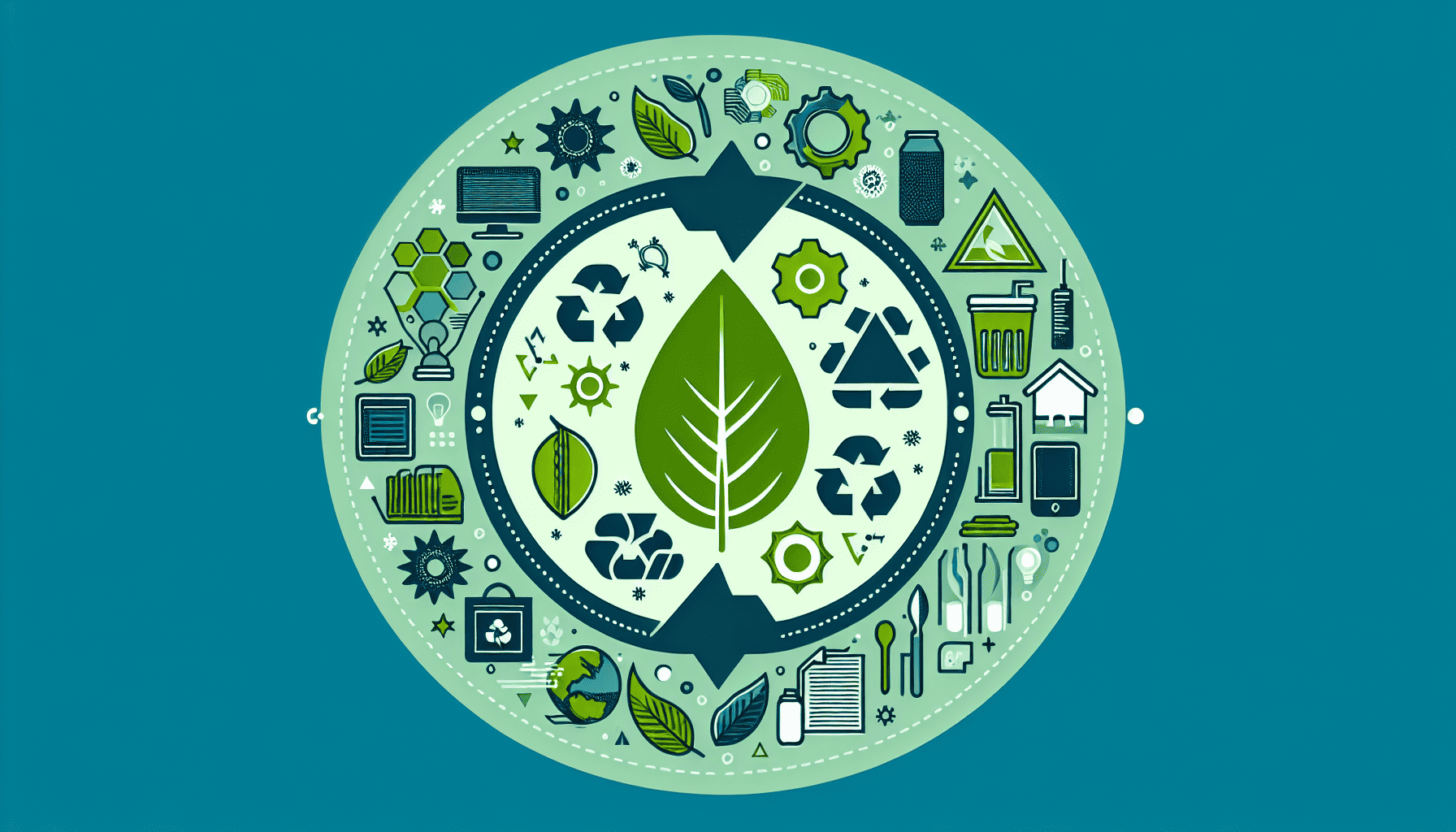As the world becomes more conscious of environmental issues, the graphic design industry is making significant strides towards sustainability. With 2024 on the horizon, eco-friendly innovations are playing a pivotal role in shaping a greener future for design. By adopting sustainable practices, designers are not only reducing their environmental footprint but also creating more ethically responsible work.
One of the primary ways graphic designers are embracing sustainability is by choosing eco-friendly materials. Paper selection, in particular, is undergoing a transformation. Designers are opting for recycled paper or paper sourced from sustainably managed forests. These choices significantly lower the environmental impact by minimizing deforestation and reducing waste. Additionally, some innovators are exploring alternative materials such as stone paper, which is durable, waterproof, and does not require the use of trees or water in its production.
Ink selection also factors into sustainable design. Traditional inks contain volatile organic compounds (VOCs) that contribute to air pollution and can be harmful to both human health and the environment. In response, vegetable-based and soy-based inks are becoming popular. These inks not only minimize environmental harm but are also easier to decompose during the recycling process, thus ensuring a more sustainable life cycle for printed materials.
Digital design is another arena where sustainability is taking center stage. Designers are considering energy-efficient practices when creating digital content. This includes optimizing assets for web usage to reduce page load times and energy consumption. They are also utilizing cloud-based solutions that boast energy-efficient data centers, further reducing the carbon footprint associated with digital design.
Furthermore, sustainable graphic design emphasizes longevity and functionality. Creating timeless designs that do not quickly become obsolete can significantly reduce waste. This approach encourages designers to think critically about the life span and durability of their work, fostering innovative solutions that balance creativity with environmental responsibility.
Eco-friendly packaging is another area ripe with innovation. With consumers increasingly demanding sustainable options, designers are pushing the boundaries by creating packaging that is not only visually appealing but also reusable, recyclable, or compostable. Many companies are reimagining packaging to include minimalistic designs that eliminate unnecessary materials, proving that sometimes, less truly is more.
Collaboration is vital in this green revolution. Designers are working alongside clients, companies, and communities to integrate sustainability into every aspect of their projects. Encouraging environmentally responsible choices and educating stakeholders about sustainable options has become part of the designer's role. This collaborative effort ensures that the pursuit of sustainability moves beyond the design studio and into widespread industry practice.
Embracing eco-friendly innovations in graphic design aligns with a broader societal shift towards sustainability. As 2024 approaches, the industry is positioned to lead by example, showing that it is possible to be both creatively fulfilling and environmentally conscious. By making thoughtful, informed choices, the graphic design industry is laying the groundwork for a future where sustainability is not just an option, but the standard. As we continue this journey, these practices pave the way for a more sustainable world, illustrating the powerful role design plays in shaping a healthier planet.
